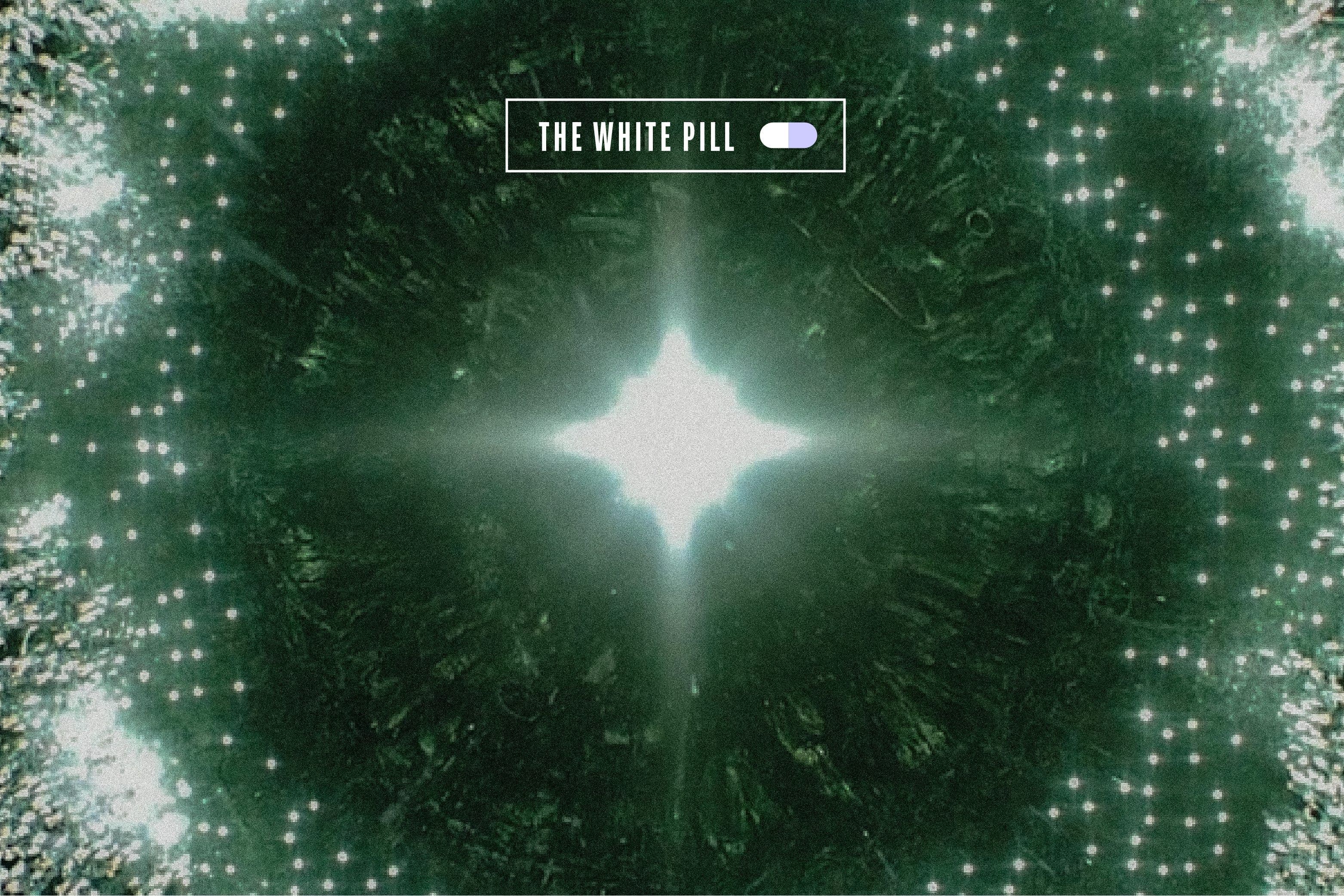
General Matter Lands $900M to Enrich Uranium in AmericaJan 9
the u.s. department of energy will invest $2.7b in america’s ability to finally create its own nuclear fuel, a feat we haven’t been able to pull off since the 80s
Jul 29, 2023

Hey reader, I’m happy to be back here in your inbox with a thrilling edition of the White Pill, Pirate Wires’ weekly newsletter about the most fascinating stuff going on in space, science, engineering, energy, medicine and tech.
This issue is banger after banger. First and foremost, Solana has deigned to grace the Pill with his presence by providing a brief review of Nolan’s Oppenheimer — be sure to watch the most recent episode of the pod where he discusses the film with friends Kmele Foster and Trae Stephens. Then in our Space section, we have NASA and DARPA accelerating plans for in-space nuclear propulsion, a new Einstein Cross (read to find out), and more. Of course, you know we discuss the Superconductivity Question that has X/Twitter abuzz this week in our Engineering, Energy, and Computing section — was there ever any doubt? — as well as a new Apple patent application, among other items. In our section on Medicine, progress on cancer, eyesight, blindness, and more, and in Fun Stuff, a video of a volcano destroying itself, a new map of a Grand Canyon-sized underwater canyon off the coast of California, a stunning AI-powered MoMA exhibit, and more.
Enjoy the issue!! And see you back here next week.